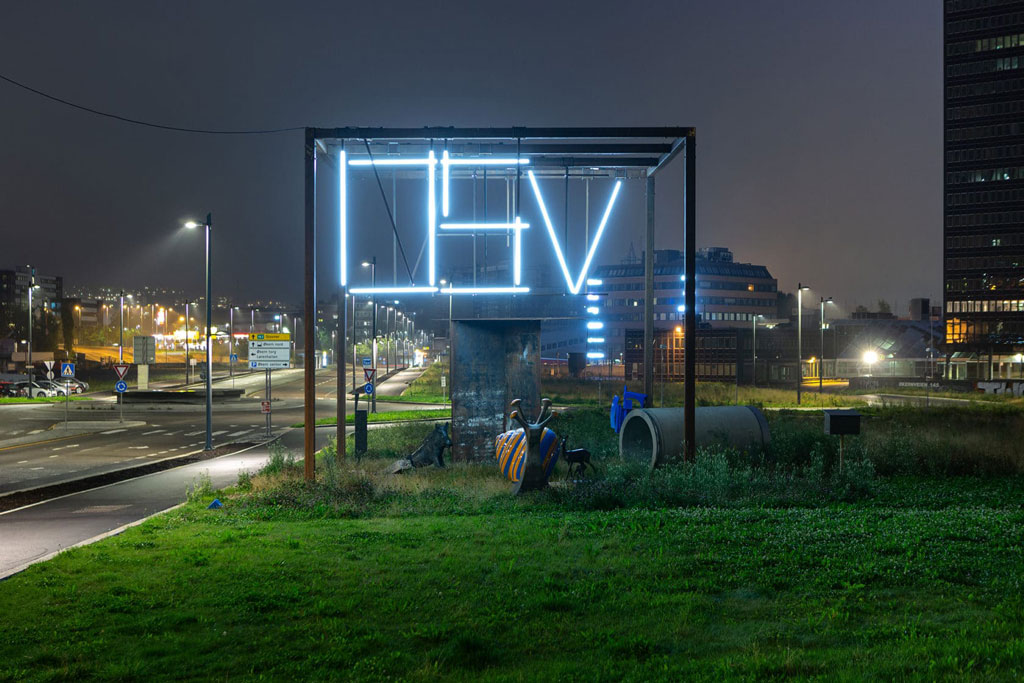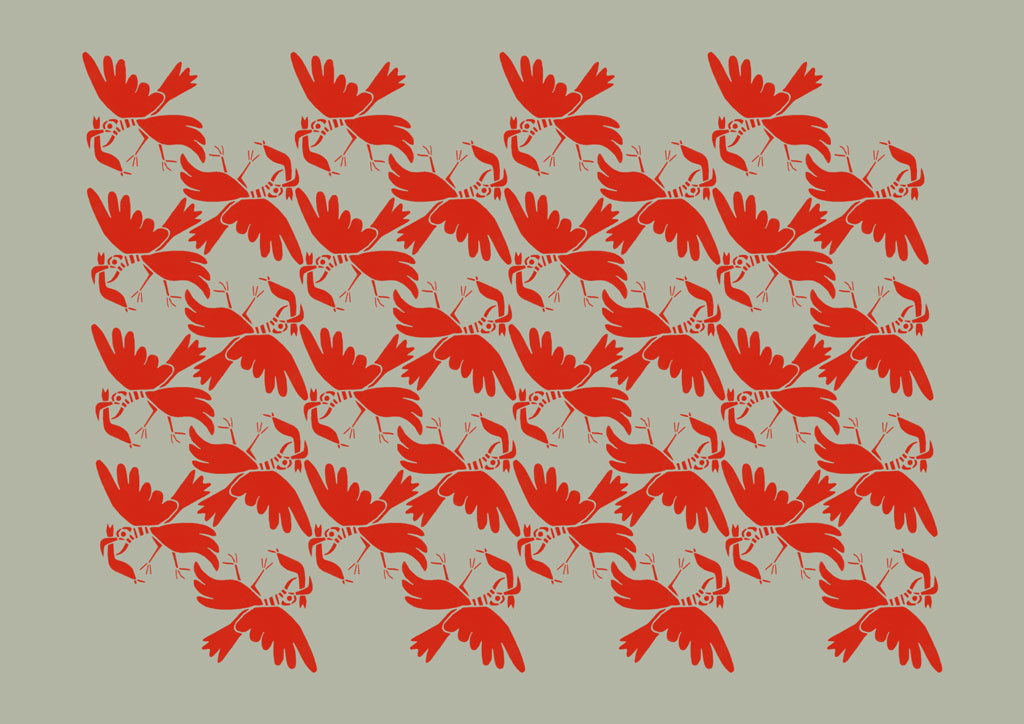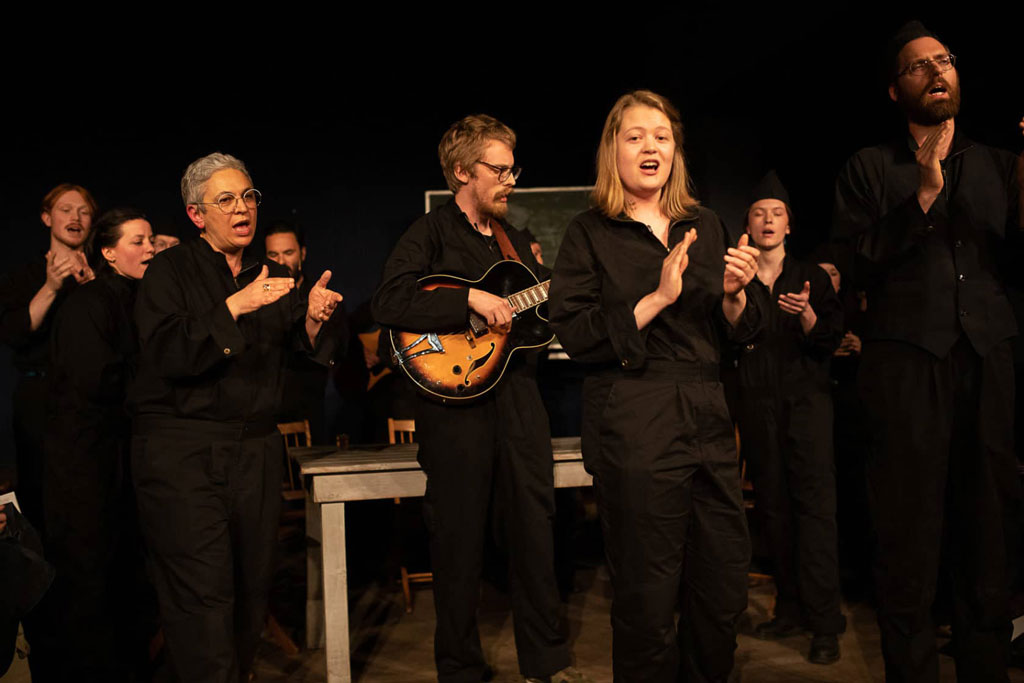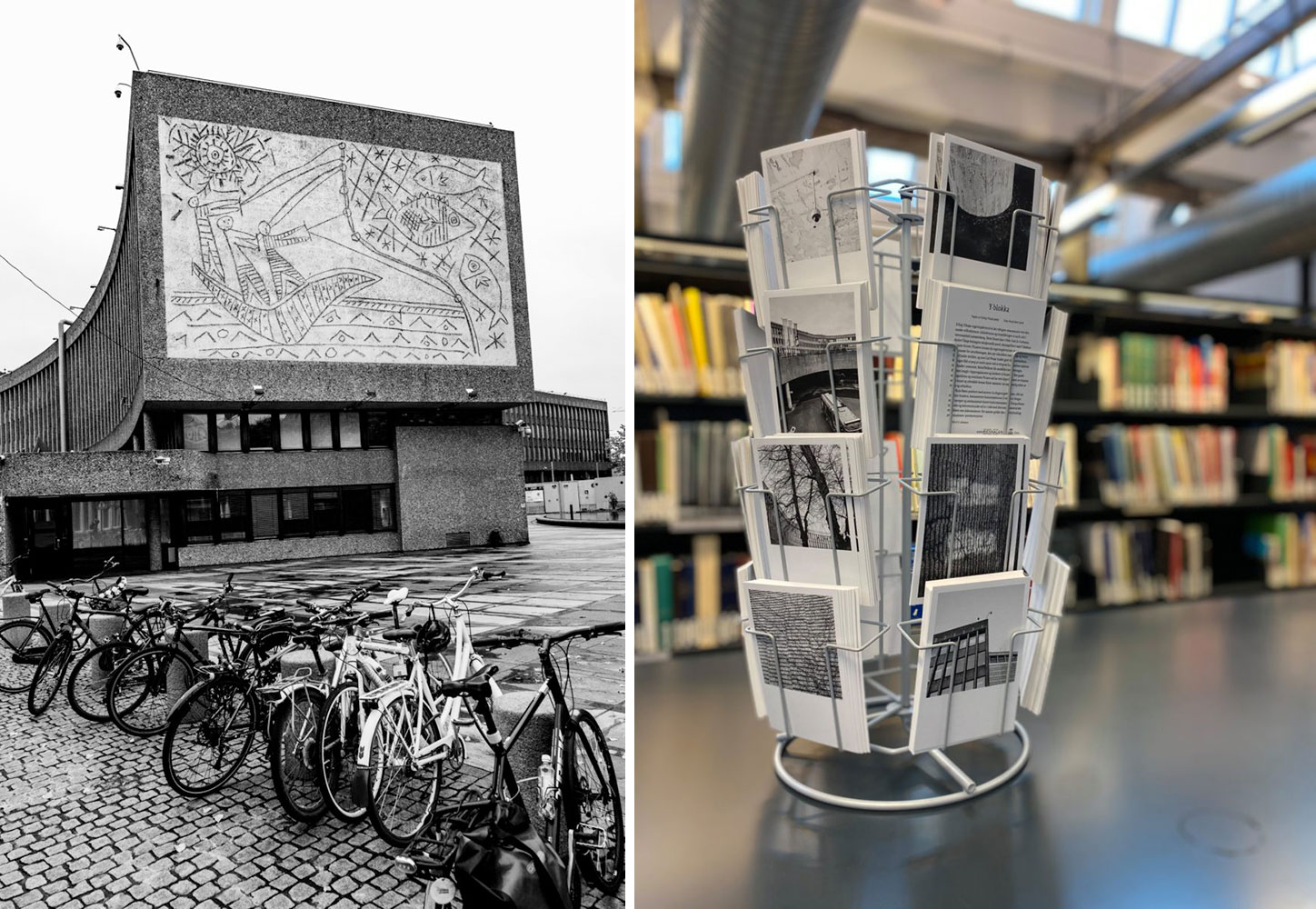BIENNALS:osloBIENNALEN 2020
 osloBIENNALEN FIRST EDITION 2019-2024 opened on May 25 2019, launching a new biennial model. Its five-year evolving program of art in public space is supported by praxis and infrastructures aimed at fostering and facilitating art practices that engage with the contingency, latency, flux, and vulnerability of public space and the public sphere. In this way, osloBIENNALEN has brought two traditionally distinct art fields together: the biennial and art in public space.
osloBIENNALEN FIRST EDITION 2019-2024 opened on May 25 2019, launching a new biennial model. Its five-year evolving program of art in public space is supported by praxis and infrastructures aimed at fostering and facilitating art practices that engage with the contingency, latency, flux, and vulnerability of public space and the public sphere. In this way, osloBIENNALEN has brought two traditionally distinct art fields together: the biennial and art in public space.
By Dimitris Lempesis
Photo: osloBIENNALEN Archive
The biennial tfall programme, which continues to investigate the subtle and myriad ways in which people encounter art in public space and the public sphere. The autumn programme begins with the expansion of the OSV. Oslo Collected Works sculpture pavilion in Økern. It now includes a new integrated sound work, “Tverrsum” a collaboration with composer Jan Martin Smørdal. The programme continues with the second of Rose Hammer’s “National Episodes”, a series of art productions inspired by often unknown aspects related to key events in Norwegian history. The new eight-part radio play, “The Radical Flu” has an unexpected connection with the coronavirus pandemic, drawing parallels between historical coincidences in Norway in 1918 and our current situation. The addition of handwritten letters offers an evocative new element in Mette Edvardsen’s “Time has fallen asleep in the afternoon sunshine”. Due to COVID-19 restrictions, the living books have not been available for readings. Instead, the books have started to write letters to one other. Sent via post, these missives transmit an intimacy similar to that conveyed between a book and reader (or listener). This autumn also sees the publication of “Y-Blokka” (Orfeus), a book of photographs by Katja Høst documenting the iconic building. Designed by Erling Viksjø with integrated artworks by Carl Nesjar and Pablo Picasso, it was damaged during the 2011 terrorist attacks and demolished over the summer. Also, as part of the ongoing KORO funded project, Dugnad Days, Mônica Nador and Bruno Oliveira will activate “Another Grammar for Oslo” to share the stories of local residents in the traditionally working-class neighbourhood of Sletteløkka. The work “Ti-me has fallen asleep in the afternoon sunshine” by Mette Edvardsen is situated within the performing arts, dance and choreography. Although her work explores other media and formats, such as video, books and writing, her interest is always focused on the relationship to the performing arts as a practice and a situation. Based in Brussels since 1996, she has worked as a dancer and performer for a number of companies, and developed her own work since 2002. A retrospective of her work was presented at Black Box theatre in Oslo in 2015. In 2010, she initiated the project Time has fallen asleep in the afternoon sunshine , which refers to a quote from the Ray Bradbury novel “Fahrenheit 451” (1953), to develop memorisation as a practice and ongoing process.
Participating Artists: Mikaela Assolent, Adrián Balseca, Benjamin Bardinet, Julien Bismuth, Marcelo Cidade, Jonas Dahlberg, Carole Douillard, Ed D’Souza, Mette Edvardsen, Jan Freuchen, Jonas Høgli Major, Sigurd Tenningen, Gaylen Gerber, Oliver Godow, Hlynur Hallsson, Marianne Heier, Katja Høst, Javier Izquierdo, Michelangelo Miccolis, Mônica Nador and Bruno Oliveira, Øystein Wyller Odden, Alexander Rishaug, Rose Hammer, Michael Ross, Lisa Tan and Knut Åsdam.
Info: Curators Eva González-Sancho Bodero and Per Gunnar Eeg-Tverbakk, Oslo, Duration: 25/5/2019-2024, www.oslobiennalen.no



